What is ‘Optimize iPhone Storage’ and What Are Alternative Ways to Maximize iPhone Photo Storage?
Ever wondered how to find space for few more photos on your iPhone filled with tons of pictures? If you dug through settings you’ve may seen “Optimize iPhone Storage” feature which might be your answer, but it’s not the only path. By understanding each method’s pros and cons and combining them, you’ll be able to optimize your digital photo library while maximizing available storage for other things.
What Does ‘Optimize iPhone Storage’ Do?
The ‘Optimize iPhone Storage’ feature is a smart solution designed to manage photo storage on your iPhone working in tandem with the iCloud Photo Library. This functionality maintain more free space by automatically adjusting the quality and resolution of the stored photos. You can enable this feature if you go to Settings tap on Photos and select Optimize iPhone Storage.
When this feature is enabled, full-resolution photos and videos are replaced with smaller-sized versions on your iPhone. However, the full-resolution originals are safely stored in iCloud, ensuring that you can access or download them at any time. This process is seamless and happens automatically, depending on your device’s storage capacity.
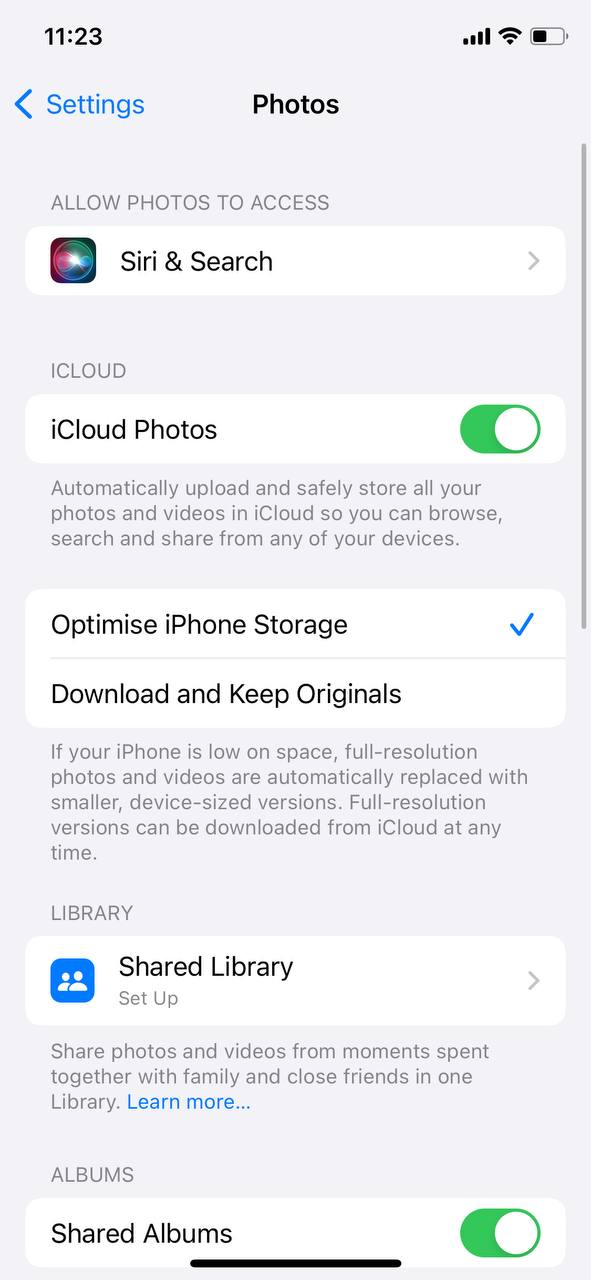
This approach to storage optimization is particularly useful for iPhone users with large photo libraries or limited device storage. It allows for a significant amount of space saving while ensuring that photos and videos are readily accessible.
While ‘Optimize iPhone Storage’ offers significant benefits, it’s not without drawbacks. One key downside is the reliance on an internet connection to access full-resolution images stored in iCloud, which can be inconvenient in areas with poor connectivity. Additionally, this feature might lead to confusion when trying to differentiate between the optimized and full-resolution photos.
Alternative Ways to Maximize iPhone Photo Storage
Beyond the ‘Optimize iPhone Storage’ feature, there are several strategies to manage your photo library effectively, ensuring your memories are stored safely without compromising your device’s performance.
Method 1: Manually Organize and Delete Photos
One obvious approach is to manually organize your photos by periodically reviewing your photo library, deleting unwanted images and grouping the rest in the albums. This frees up space while also makes it easier to find and enjoy your photos.
- Open the Photos app and review your images.
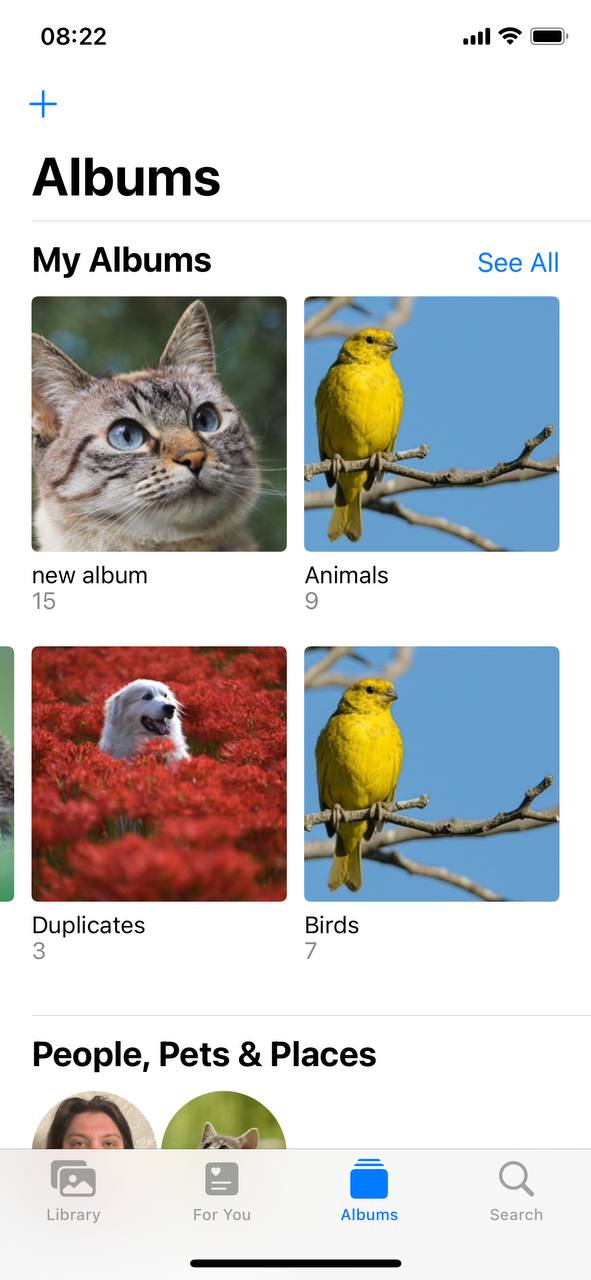
- Delete unnecessary photos by tapping on them and selecting the trash icon.

- Organize remaining photos by selecting them, tapping the ‘Share’ icon, and adding them to albums.
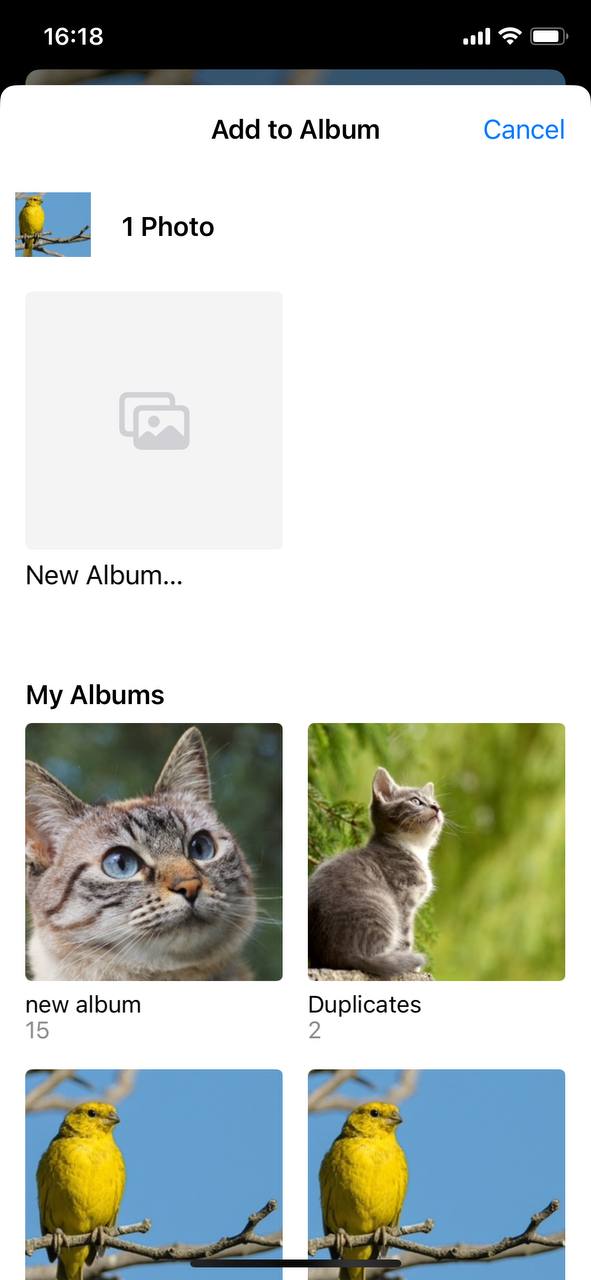
- This method provides direct control over your photo library, though it requires time and diligence.
If you’re facing case of really cluttered photo library, or doesn’t want to waste your time consider use of third-party apps. They offer more advanced features and ways to siplify the process to a few taps.
Method 2: Utilize Third-Party Cloud Services
Exploring third-party cloud storage options can offer additional backup and organization features. Services like Google Photos and Dropbox provide alternative platforms for photo storage with varying features and pricing plans.
- Google Photos: Offers a cloud-based solution with a generous storage policy, automatic photo backup, and advanced search capabilities. It’s known for its AI-driven features like photo recognition and organization.
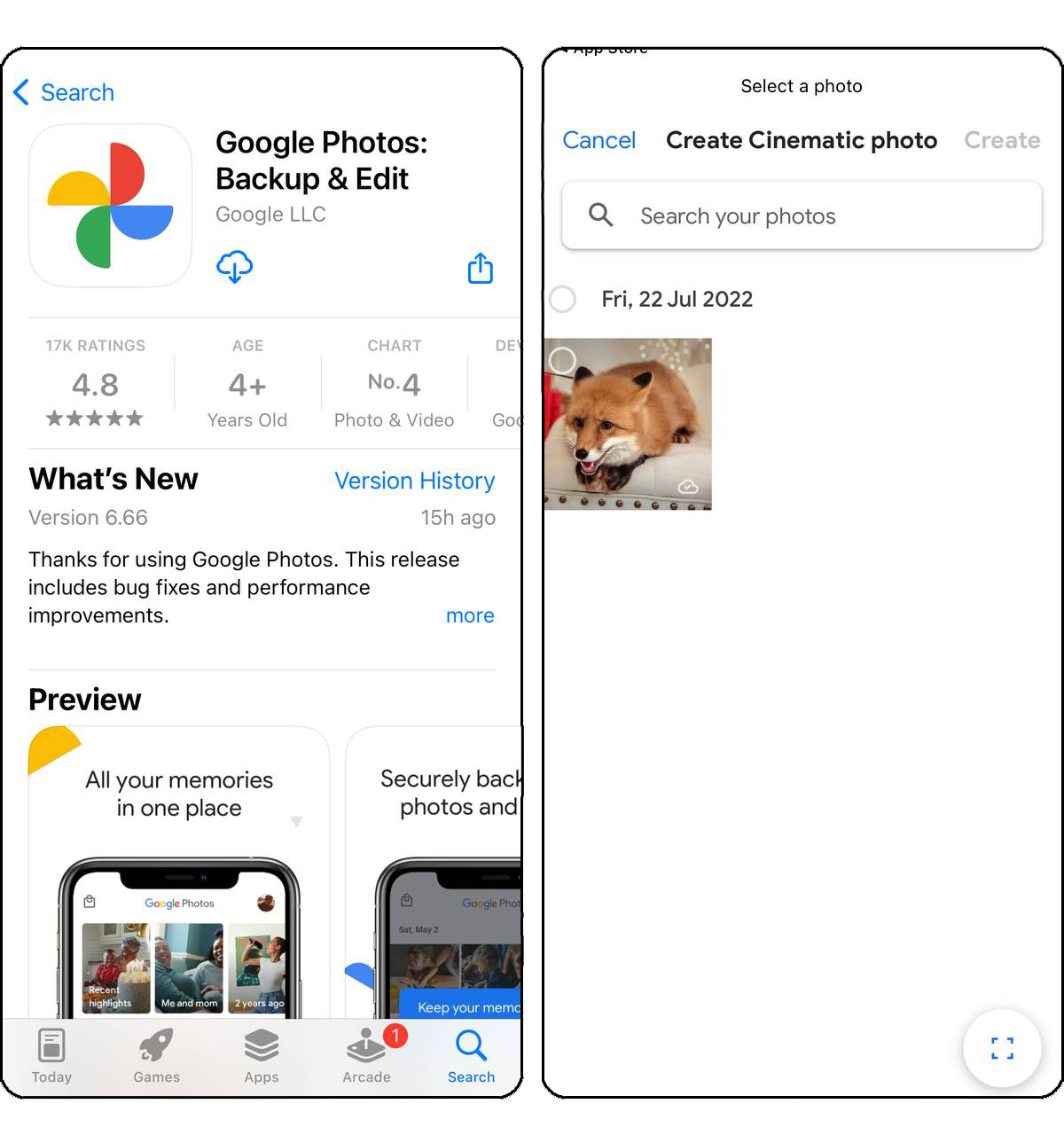
- Dropbox: A versatile cloud storage service that allows for easy photo uploads, sharing, and organization. Dropbox provides a range of plans to suit different storage needs, including a free tier with basic storage capacity.
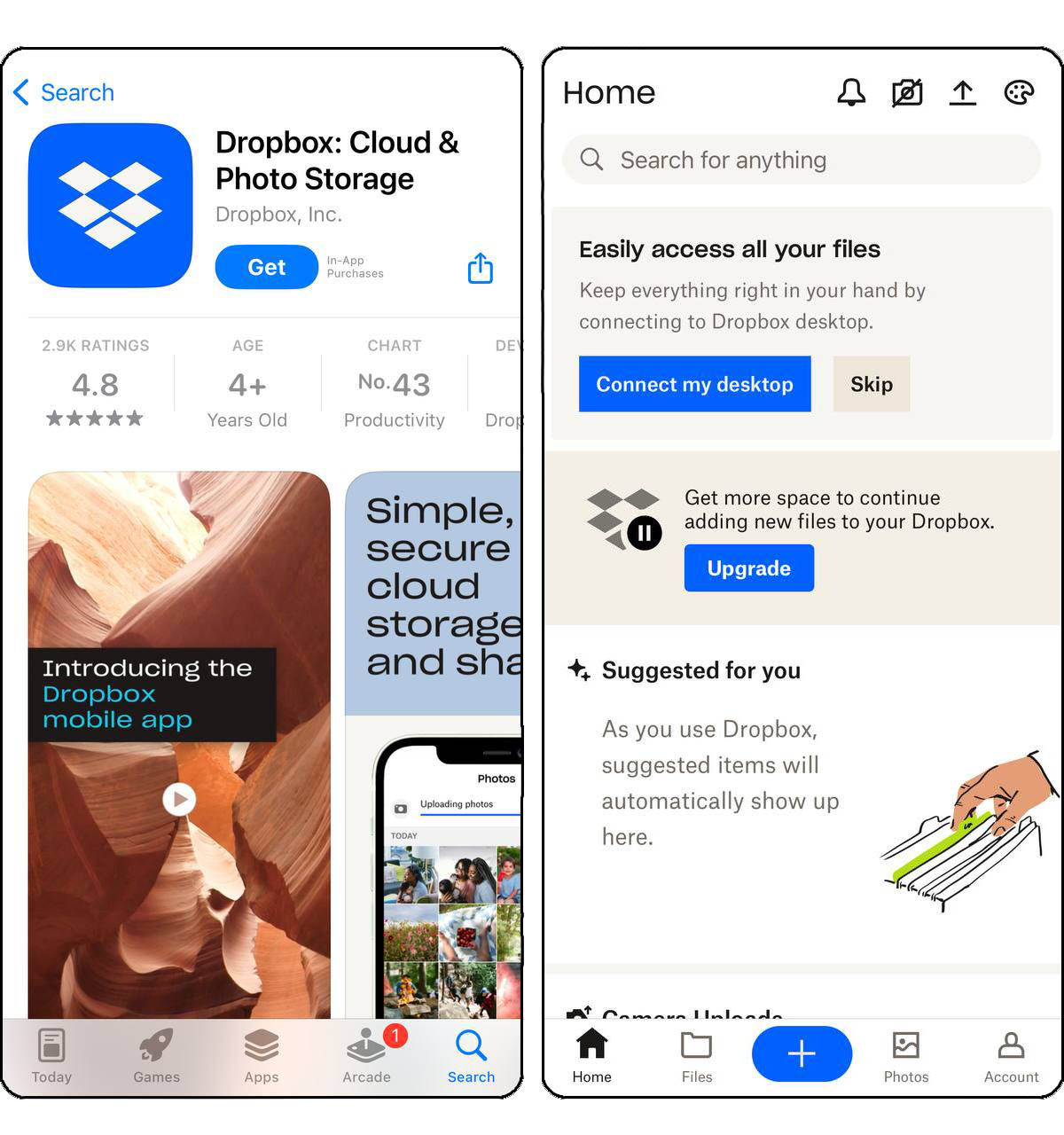
Comparing these services can reveal the best fit for your storage needs and preferences, with the potential to complement or even replace iCloud storage.
Method 3: Try External Storage Solutions
External hard drives and flash drives designed for iPhone can also extend your storage capacity. Devices like SanDisk iXpand are designed specifically for use with iPhones and iPads, these flash drives offers a convenient way to transfer photos and videos between your devices and free up space on your iPhone. It comes with a dedicated app to manage your files easily.
While this option provides a tangible backup solution, it also involves additional costs and the need to carry an extra device.
Each of these methods offers a unique way to manage and maximize your iPhone’s photo storage, serving different user needs and preferences. Choosing the right combination of strategies can help ensure your photos are always accessible and your iPhone’s storage is optimized.
What Should You Choose?
In the end deciding whether to optimize photo storage on your iPhone involves weighing various factors.
On one hand, optimizing can free up significant storage space by reducing file sizes and storing full-resolution images in iCloud, ensuring all photos remain accessible, albeit requiring an internet connection for full-quality downloads. On the other hand, this could affect image quality on your device and relies on consistent iCloud access for viewing originals.
Comparatively, manual management offers direct control without quality compromise but requires regular effort. Third-party clouds offer flexibility and additional features but depend on external services. External storage provides tangible backups without using device space but involves additional costs and carrying extra devices.
Personal preferences and needs should guide the choice between optimizing for convenience and space or choosing alternatives for quality and control.
Conclusion
To wrap up, managing your iPhone’s storage doesn’t have to be a puzzle. Whether it’s use of the iCloud optimization feature or exploring other ways to manage your library for the best offect, the right choice varies by your needs and affordable compromises. In this article we provided you with the information to make informed decisions, making sure that your iPhone’s storage won’t get clogged up by photos again.





